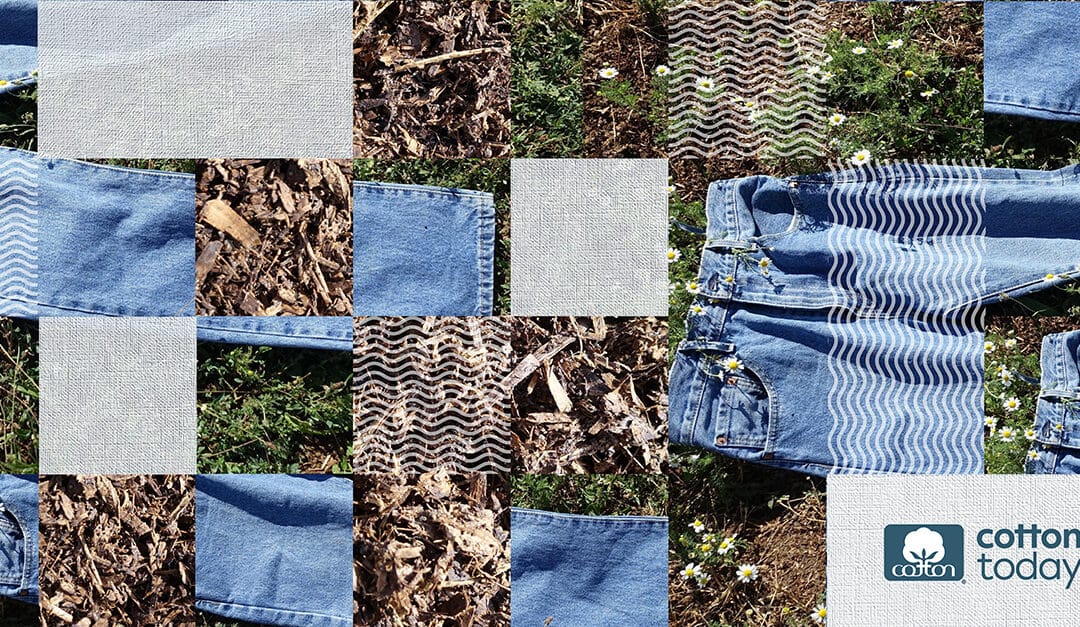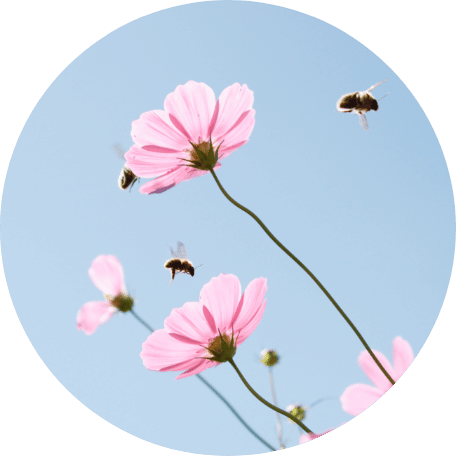Protecting Pollinators
Pollinators and some flowering plants have a natural symbiotic relationship. Flowers and plant nectar attract bees and other insects, which pollinate the plants as they move from one to the other. Interestingly, some plants such as cotton do not require insects for pollination and bees do not generally prefer the cotton plant as a pollen source.2 While cotton can and does produce a crop without pollinators minimizing impacts on pollinators and other beneficial insects is a key tenant of Integrated Pest Management (IPM).
Concerns have been raised around the world about potential risks to bees from insecticides used to manage pests that can threaten agricultural crops.3 To protect crops and pollinators together, growers and beekeepers in the U.S. have embraced efforts to develop and implement state specific pollinator protection plans, known as Managed Pollinator Protection Plans (MP3s). These MP3’s are designed to minimize potential pesticide exposure to bees at and beyond the site of the application.4
Additionally, insecticide use has been drastically reduced in the U.S.,5 thanks to biotechnology6, the success of a dedicated program targeting boll weevils – a beetle that feeds on cotton bolls – and the extensive use of integrated pest management (IPM) practices in cotton production. When growers have identified a need to use insecticides, they use them strategically in order to protect species that are not harmful to the cotton crop.



